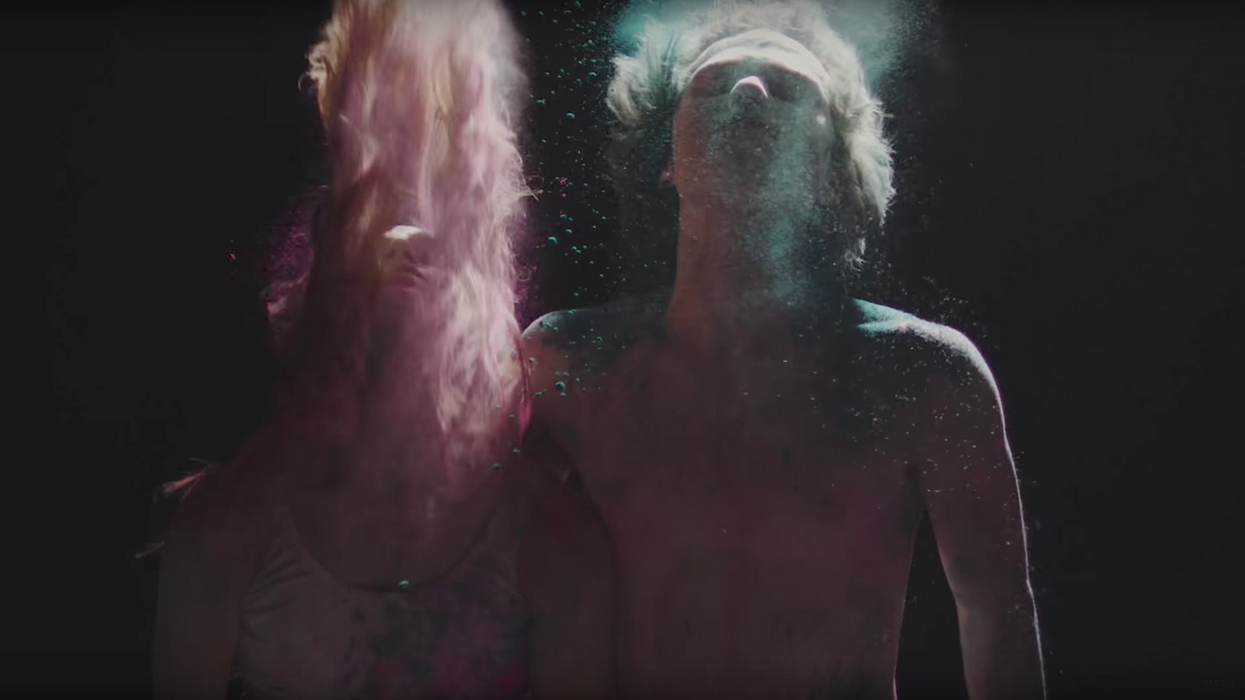5 Cinematography Tips That Will Help You Shoot Better Images
How well do your images tell your stories?

We all know that cinematography is a hell of a lot more than turning your camera on and pointing it at stuff. It's about lighting, camera movement, composition, and a host of other techniques and concepts that help bring your stories to life visually. Don't worry, you don't have to learn all of this stuff all at once (learning the craft is a lifelong journey), but if you want to add a bit more to your cinematographic repertoire, check out this video from Mango Street. In it, filmmaker Seth Dunlap shares a ton of great insight on his approach to not only creating beautiful, cinematic images but also effectively applying aesthetic principles to tell more dynamic stories.
Though Dunlap gives a lot of great tips in the video, these are the five key concepts he touches on specifically.
- Simple lighting: Take advantage of available natural light by turning off all the lights on set to see where it's pouring in.
- Screen direction: The direction in which your character moves on-screen, also called "lateral movement," is very important because it denotes progression or regression in the story. (Left to right indicates progression or "moving forward," right to left indicates regression or "going back.") So, it's important to ensure your characters' movement is consistent not only for continuity but for accurate storytelling as well.
- Subject framing: In the same way that lateral movement can indicate emotional and physical progression or regression, the framing of your subject can communicate a lot about your character's emotional and physical journey.
- Slow motion: Slow motion looks cool, but make sure your decision to use it is intentional and serves the story.
- Nailing it in-camera: Do not try to fix it in post. Not only is this a bad habit to get into as a filmmaker, but many times you won't even be able to...and then you're screwed. Try to make sure your images and scenes look as close to what the final product is going to be as possible.
All of Dunlap's tips are perfect for beginners who may not know the basics or are unaware of common mistakes novice filmmakers make (ex: inconsistent lateral movement). What are some other basic tips for those who are just starting out? Let us know down in the comments.
Source: Mango Street












